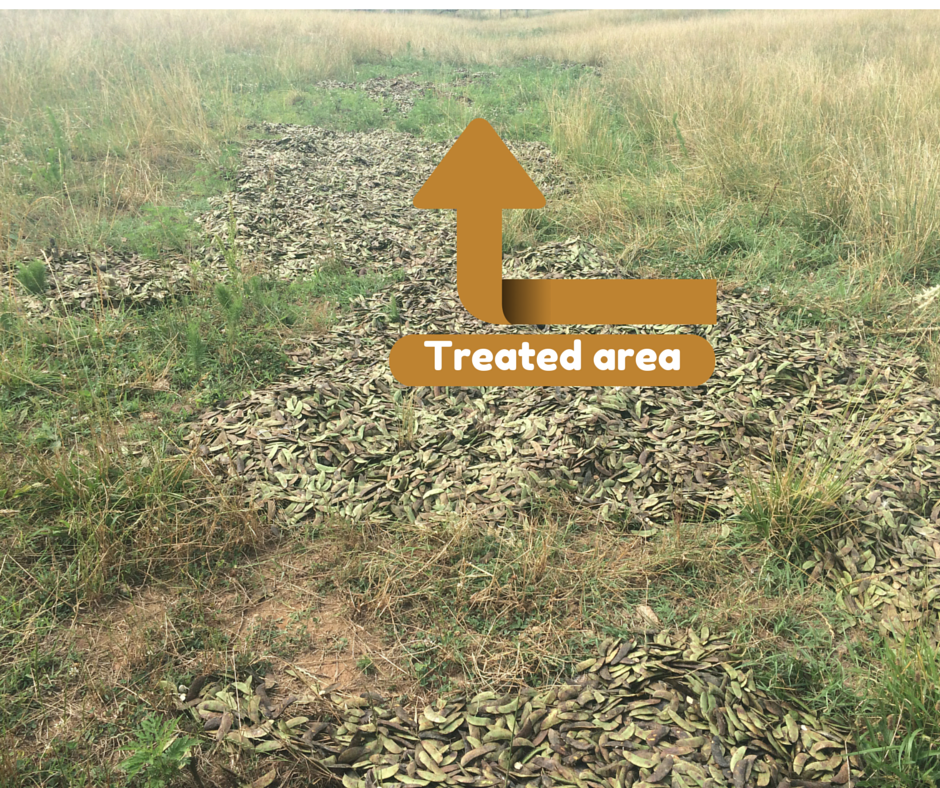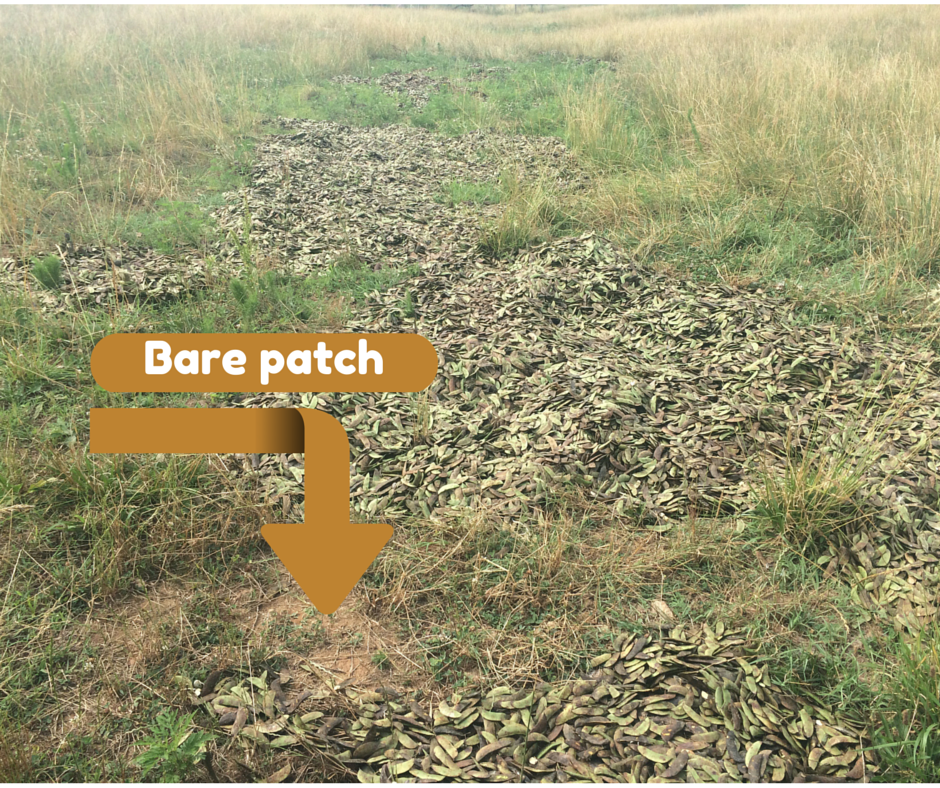Despite what you might think from the pictures we post and products we list for sale, our main crop isn’t cows, or pigs, or chickens. Our main product is grass. Cows, pigs, chickens, and produce are the tools we use to seed, grow, harvest, and manage our grass. Being that we are in reality grass farmers, it may surprise you to know that we don’t own a grain drill. We don’t plant seeds, or roll out turf. We don’t have Chemlawn out to treat our pastures so they are bright green and glowing like subdivision grass. We don’t own a lawnmower or a bat wing mower. We don’t own a hay baler or bale any hay. In fact, to be grass farmers, we don’t do any of the things you’d expect of someone who raises grass. What we do is utilize what we have to work with nature to improve our soil. By concentrating on the soil, we get the grass we want. It’s that easy, and that hard.
A few years ago, we did a big project with Wake County Soil and Water to repair a huge eroded area in the middle of our main pasture. It took some heavy equipment and about 55 dump truck loads of dirt to backfill the missing soil and to get things back like they should be. We seeded the ground and let things grow as best they could. This winter, we found that not all of the areas had recovered and we had to change our process to help the new soil do better. Now this summer, the areas we were able to treat over the winter are the greenest and lushest in the pasture. However not every area was able to be treated so what to do?
 Here you see an area that shows all the various stages of what I’m talking about. The area in the background where its bright green (and in front of the big orange arrow) is an area we treated this winter. As you can see it’s recovering nicely and is lush and green. All that was done to transform that area was to feed hay directly on the ground and allow the cows to do their magic. Now the soil in that area is moist, brown, and growing good grass without any application of seed or commercial fertilizer.
Here you see an area that shows all the various stages of what I’m talking about. The area in the background where its bright green (and in front of the big orange arrow) is an area we treated this winter. As you can see it’s recovering nicely and is lush and green. All that was done to transform that area was to feed hay directly on the ground and allow the cows to do their magic. Now the soil in that area is moist, brown, and growing good grass without any application of seed or commercial fertilizer.
 The areas in the picture with the beans spread on it looked like the bare patch in the foreground. Pretty much barren clay, devoid of organic matter. By next spring, or even late fall, this area will be green and rich with life. We will continue to practice this spot application of surplus produce on areas that are not growing grass till we have no more areas without grass. Then we will transition to areas that are growing the wrong kind of plants such as thistle and weeds. Once those areas are gone, we’ll transition to areas where the grass us underperforming or the wrong kind of grass. Every time we add organic matter combined with animal traffic, the end result is something better grows. This is all without disturbing the soil, and without chemicals.
The areas in the picture with the beans spread on it looked like the bare patch in the foreground. Pretty much barren clay, devoid of organic matter. By next spring, or even late fall, this area will be green and rich with life. We will continue to practice this spot application of surplus produce on areas that are not growing grass till we have no more areas without grass. Then we will transition to areas that are growing the wrong kind of plants such as thistle and weeds. Once those areas are gone, we’ll transition to areas where the grass us underperforming or the wrong kind of grass. Every time we add organic matter combined with animal traffic, the end result is something better grows. This is all without disturbing the soil, and without chemicals.